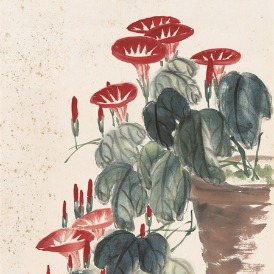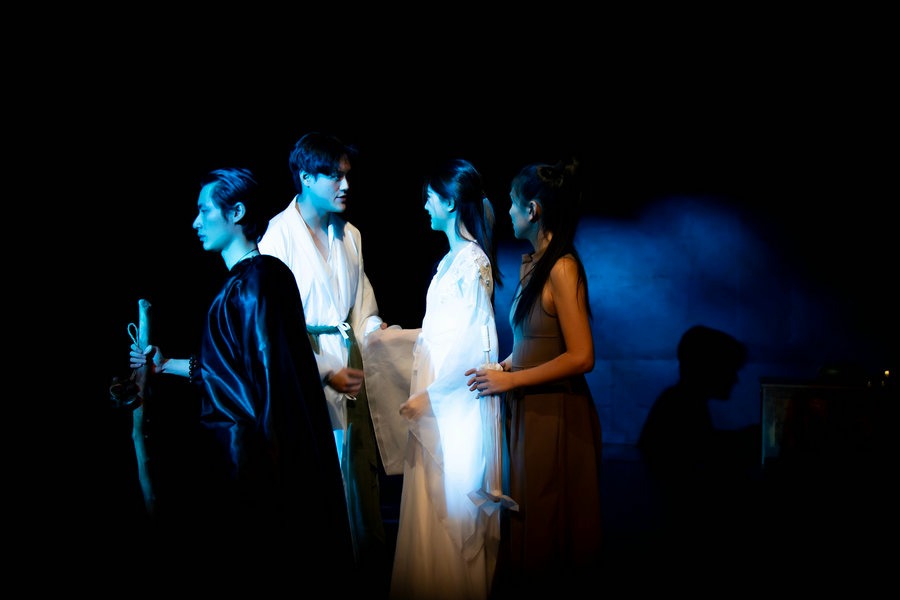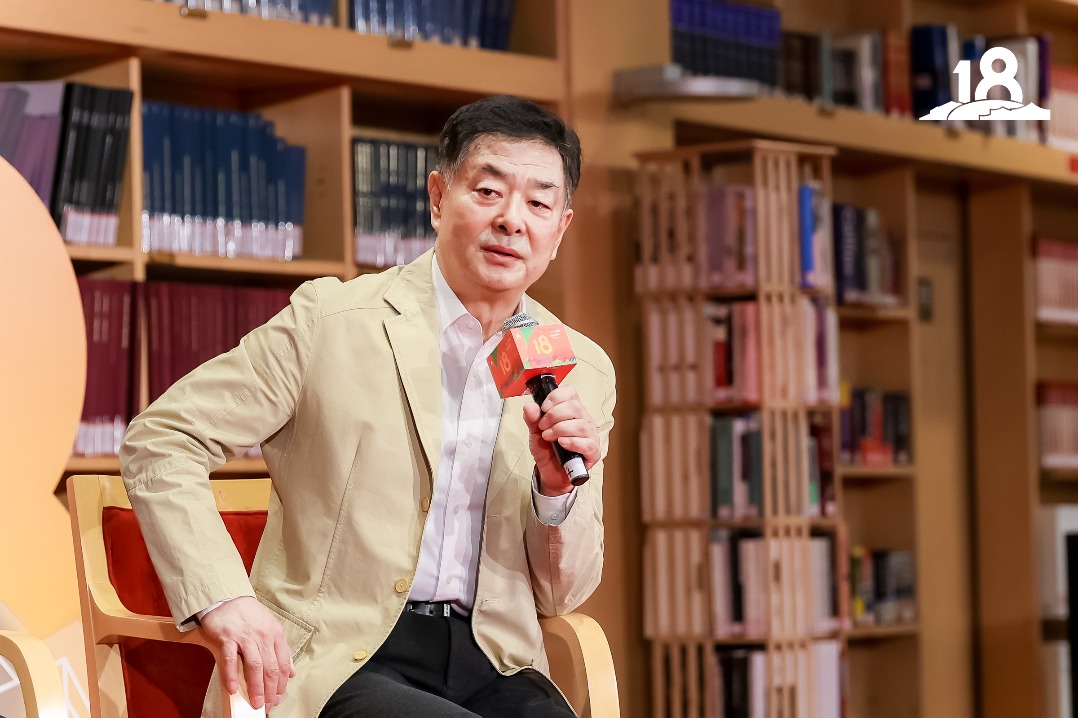Ink art, reframed approach


Curators juxtapose Qi's paintings and poems, in the academy's collection, with images of the Cocharelli Codex, a 14th-century Italian collection of manuscripts.
Made in Genoa, in northern Italy, commissioned by the Cocharelli family, some of the Cocharelli Codex chapters were also richly illustrated — circling the words and in between them — with a variety of insects as representations of virtue and vice.
The display shows the differences and similarities of the cultural meanings embedded in small animals, in the East and West.
Qi viewed the flowers, insects and birds as forming an inseparable body in his work. He said: "When depicting flowers, one should also add insects and birds to give life and invigorate the composition."
He used accurate brushstrokes to detail insects, while the loose, carefree style of lines and contrasting colors were used to portray flowers and plants. His techniques of mastery came from his early experience of prolonged observation of them. Meanwhile, he implied in his vivid depictions a Taoist take on life and morality.
For example, Qi often coupled butterflies and moths in his paintings. His presentation of the butterfly shows an influence of Zhuangzi Dreaming a Butterfly, a famous story associated with Zhuangzi, a philosopher and pivotal figure of classical Taoism living in the third and fourth centuries BC.
Qi indicated a blurring distinction between reality and illusory scenes, as being expressed in the story, as well as a hint of a lifestyle embracing one's pleasures.
When he drew moths, Qi thought about the Chinese idiom, "a moth darts into the flames of fire", and expressed a tender feeling for the flying insect.
As one will see in a Cocharelli Codex leaf on show, moths and butterflies decorate texts which condemned moral failings in Genoa, then a flourishing city. It is believed the animals symbolized rejection of depravities and reawakening the consciousness of morality, according to Wang Yanan, the exhibition's curator.





































